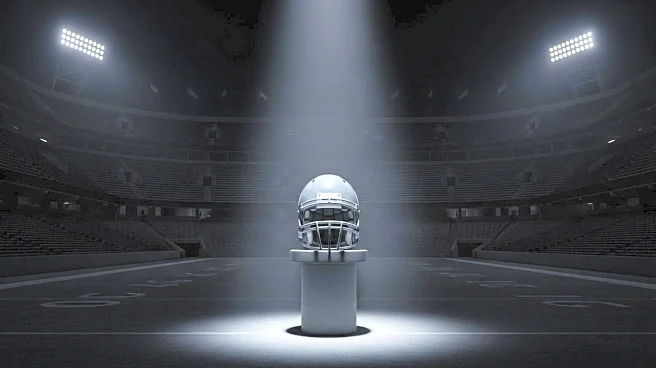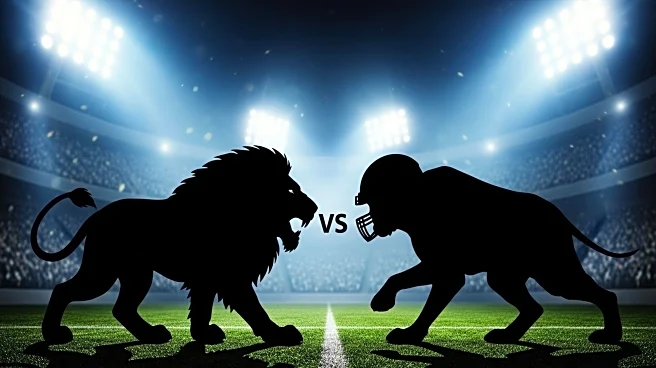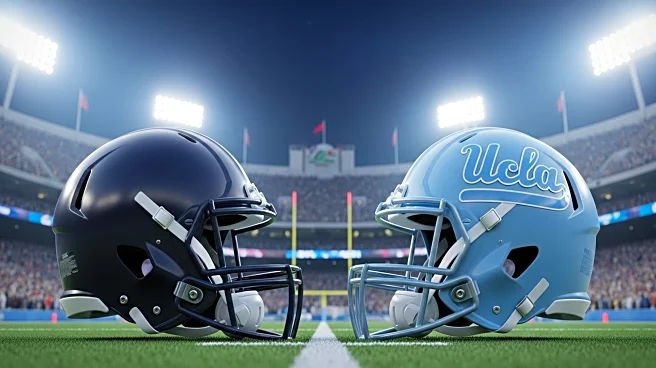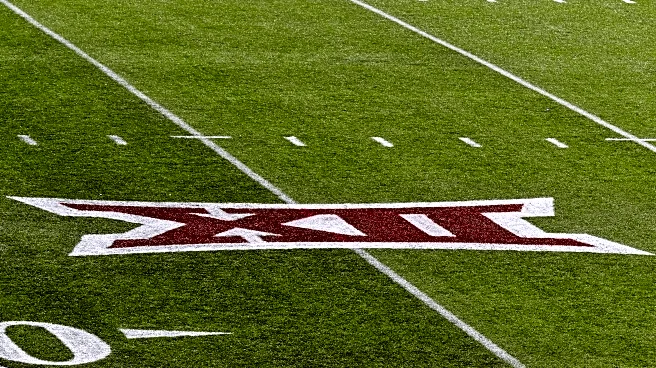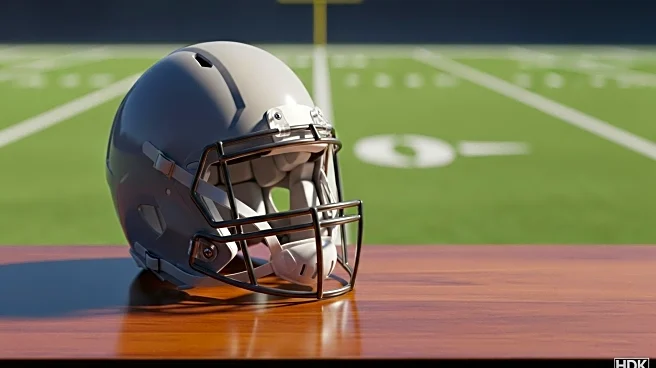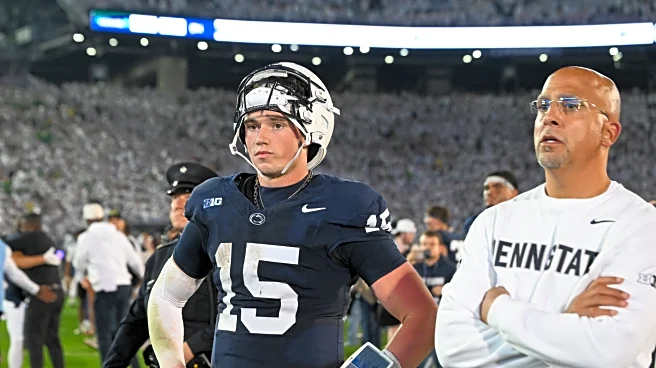What's Happening?
The college football landscape is experiencing significant upheaval due to the intersection of coaching changes and the burgeoning influence of Name, Image, and Likeness (NIL) deals. Carter Gooden, a top-100 recruit committed to UCLA, found himself at the center of this chaos when UCLA fired coach DeShaun Foster. This move prompted numerous schools to reach out to Gooden, highlighting the volatility in recruiting commitments tied to coaching stability. NIL agreements, often verbal and non-binding until a national letter of intent is signed, are complicating the recruitment process. Schools like UCLA, Virginia Tech, and Oklahoma State have seen multiple decommitments following coaching changes, leaving recruits uncertain about their financial agreements and future prospects.
Why It's Important?
The current situation underscores the fragile nature of recruiting commitments in college football, particularly when substantial financial incentives are involved. The lack of enforceability in NIL agreements until formalized in writing creates a precarious environment for recruits and schools alike. This instability can impact the strategic planning of college football programs, as new coaches may not honor previous financial commitments, affecting the recruitment and retention of top talent. The evolving dynamics of NIL deals and revenue sharing are reshaping the traditional recruitment process, potentially leading to increased competition among schools to secure commitments from high-profile recruits.
What's Next?
As the college football season progresses, schools and recruits will need to navigate the complexities of NIL agreements and coaching changes. Prospects like Carter Gooden may explore alternative options, seeking schools that offer both financial stability and a suitable athletic fit. The upcoming signing day in December will be a critical juncture for recruits to formalize their commitments. Additionally, schools may need to adapt their recruitment strategies to account for the potential volatility introduced by coaching turnover and NIL deals, possibly leading to more structured and enforceable agreements in the future.
Beyond the Headlines
The current scenario raises ethical questions about the influence of money in college sports and the potential exploitation of young athletes. The lack of binding agreements until signing day places recruits in a vulnerable position, where their financial futures are uncertain. This situation may prompt discussions about the need for standardized contracts and regulations to protect the interests of both players and institutions. Furthermore, the integration of general managers in college programs, akin to professional sports teams, could signal a shift towards a more business-oriented approach in college athletics.

